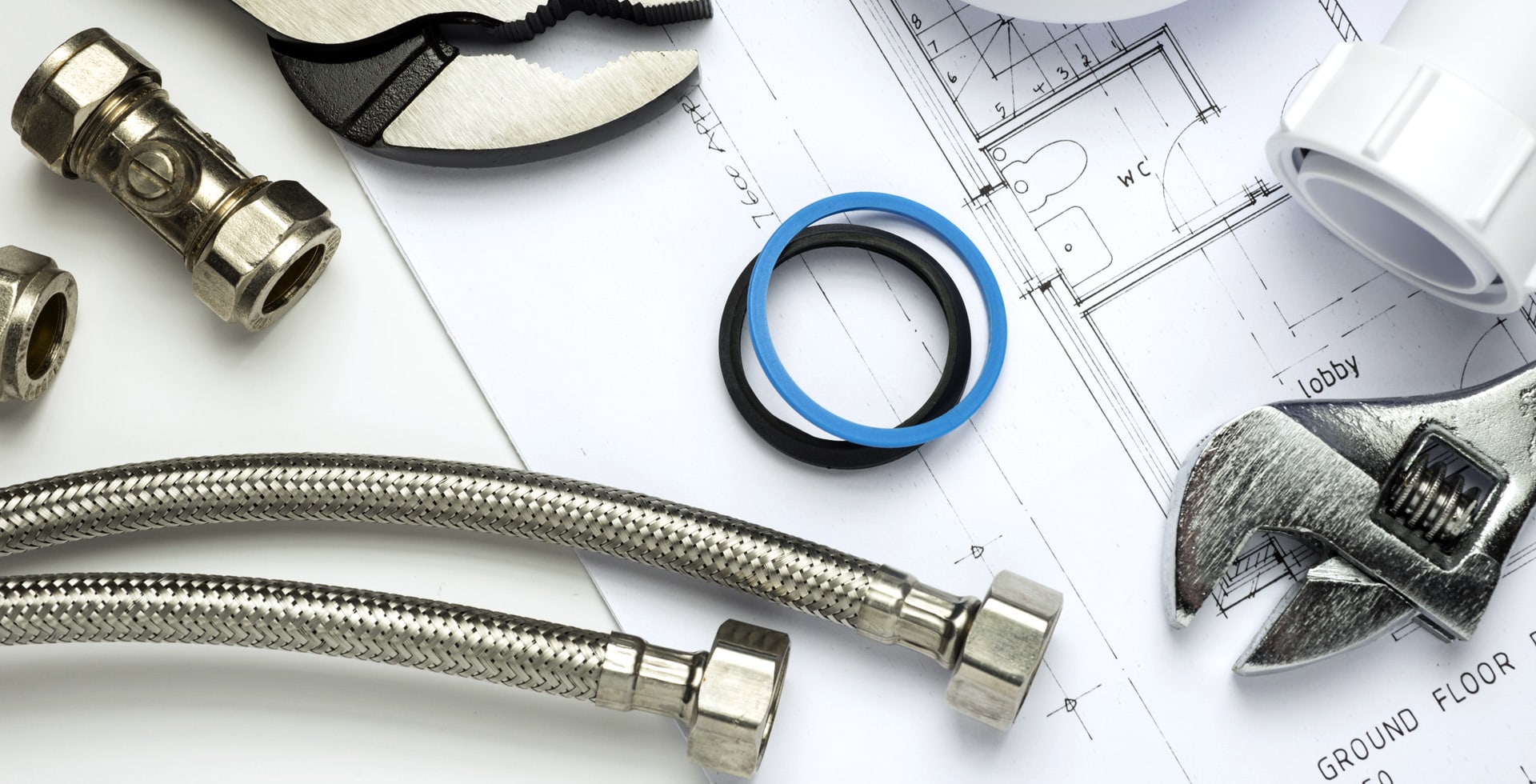“`html
Pet-Friendly Landscaping Tips
Creating a pet-friendly landscape not only ensures the safety of your furry friends but also enhances your outdoor space. With a few thoughtful strategies, you can design a yard that is both attractive and functional for your pets. Below are some effective landscaping tips to keep in mind when planning your pet-friendly garden.
1. Choose Pet-Safe Plants
When selecting plants for your garden, it’s crucial to opt for pet-safe varieties. Many common plants can be toxic to pets if ingested. Here are some non-toxic options:
- Marigolds
- Spicata
- Rosemary
- Sunflowers
- Boston Fern
Before adding any new plant, research its safety for pets to prevent any health issues in the future.
2. Create Designated Play Areas
Designate specific areas of your yard for your pets to play in. This can help keep them safe while also providing a space for exercise. Consider the following:
- Install a safe, fenced area where pets can run freely.
- Use durable materials for pet-friendly surfaces, such as grass, rubber mulch, or sand.
- Add agility equipment or toys for added entertainment.
By providing a controlled environment, you can reduce the risk of injury and ensure your pets have a fun space to enjoy.
3. Use Non-Toxic Mulching Options
Many traditional mulch products can be harmful to pets. Instead, consider using alternatives that are safe for pets:
- Cedar mulch
- Pine bark
- Coconut coir
- Rubber mulch (check for non-toxic brands)
Always avoid chocolate mulch, cocoa mulch, or any other type known to be toxic to dogs or cats.
4. Avoid Harmful Chemicals
Chemicals from fertilizers, pesticides, and herbicides can pose serious risks to your pets. When maintaining your lawn and garden, adopt these strategies:
- Use organic fertilizers that are pet-safe.
- Apply pest control methods that are non-toxic.
- Consider natural alternatives for weed control, such as vinegar or boiling water.
By choosing chemical-free maintenance methods, you can protect your pets from potential harm.
5. Install Fencing and Barriers
Keeping pets safe in your yard may require additional fencing or barriers. Look into these options to manage your landscape:
- Install a sturdy fence that is high enough to prevent jumping, ideally six feet tall.
- Use hedging or shrubs as natural barriers to keep your pets contained within certain areas.
- Consider using decorative fences that match your garden’s aesthetics while ensuring security.
Proper fencing will not only help keep your pets safe but will also prevent them from wandering into unwanted areas.
6. Design for Shade and Comfort
Just like humans, pets can easily get overheated. Providing shaded areas is crucial for their comfort. Here are some ideas:
- Plant trees or install shade structures to provide relief from sun exposure.
- Add pet-friendly outdoor furniture or beds for lounging in shaded areas.
- Ensure there is always access to fresh water in shaded spaces.
By ensuring adequate shade, you can keep your pets comfortable during hot days.
7. Incorporate Paths and Outdoor Features
Creating a well-thought-out layout can help you and your pets navigate the landscape with ease. Consider incorporating:
- Paths made of natural stone, decomposed granite, or grass.
- Small water features or ponds with safe barriers to keep pets at a distance.
- Outdoor lighting for illumination during evening walks.
Paths and features enhance the aesthetics of your yard while ensuring a functional space for play and exploration.
8. Add Sensory Stimulation Elements
Enhancing your landscape with sensory stimulation can keep your pets engaged and entertained. Here are some ideas:
- Install cat trees or scratching posts in strategic locations.
- Choose fragrant plants to invigorate a pet’s sense of smell.
- Add various textures with rocks, mulch, and foliage to entice curiosity.
Creating an interactive environment will provide endless entertainment for your pets.
9. Regular Maintenance and Cleanup
Maintaining your pet-friendly landscape is essential for safety and aesthetic appeal. Follow these tips:
- Regularly pick up waste to keep the environment clean.
- Inspect plants and surfaces for signs of pests or harmful issues.
- Trim and prune plants to prevent injury to pets.
Regular upkeep will ensure your landscape remains a safe and inviting space for your pets.
Conclusion
Pet-friendly landscaping creates a safe, beautiful, and functional outdoor space for both pets and their owners. By selecting appropriate plants, incorporating designated play areas, and being mindful of chemicals and maintenance, you can create an environment where your pets can thrive. Keep the tips outlined in this post in mind to design a yard that caters to your pet’s needs while enhancing the overall allure of your landscape.
“`

